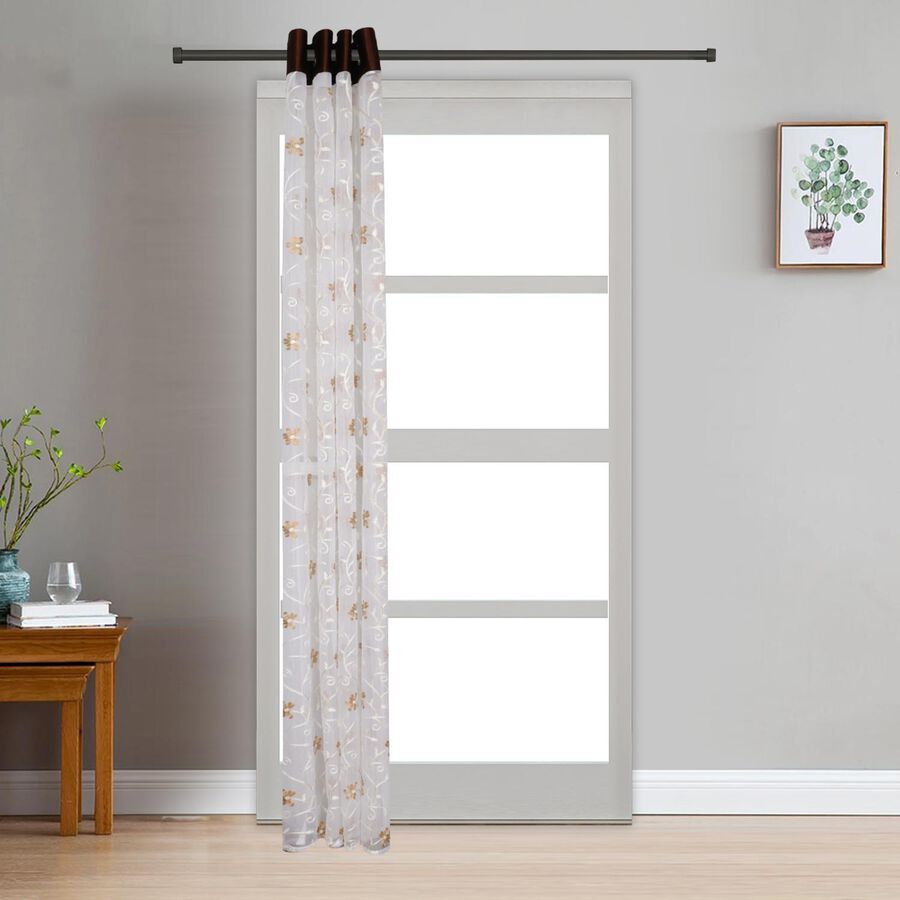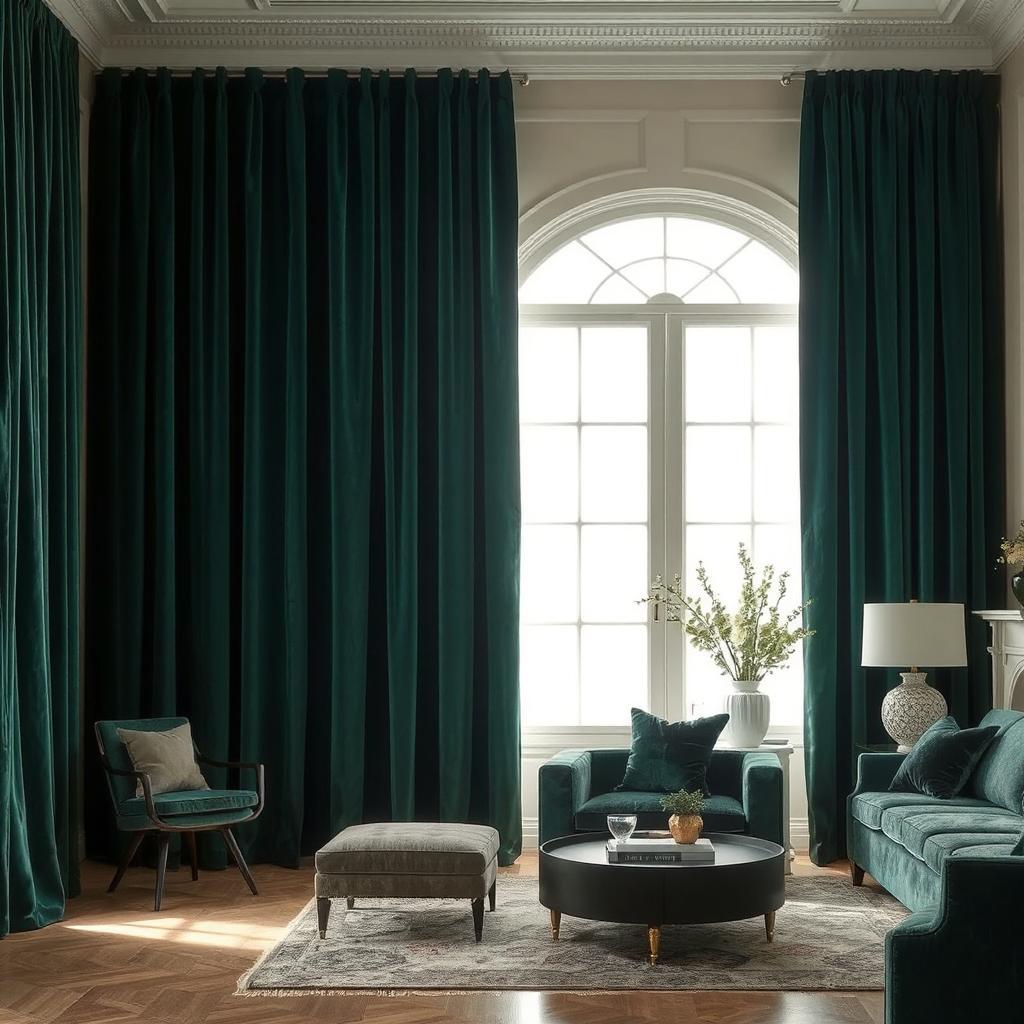Introduction
Microfiber curtains have become a popular choice for homeowners looking for affordable and stylish window treatments. Made from ultra-fine synthetic fibers, these curtains offer a smooth texture, a modern appearance, and practical benefits like stain resistance and durability. However, like any fabric, microfiber curtains come with their own set of advantages and disadvantages. In this guide, we’ll break down the pros and cons of microfiber curtains to help you decide if they’re the right fit for your home. Whether you’re decorating a cozy living room or a minimalistic bedroom, understanding these factors will make your decision easier and more informed.
What Are Microfiber Curtains?
Microfiber curtains are made from a type of synthetic fabric created using extremely fine fibers, often a blend of polyester and nylon. These fibers are much thinner than a human hair, which gives the fabric its signature softness and smooth finish.
The tight weave of microfiber makes it highly effective at repelling water and stains, which is why it’s commonly used in cleaning cloths and upholstery as well. For curtains, this property means less worry about spills or everyday dust settling into the fabric.
Key Features of Microfiber Curtains:
- Synthetic Composition: Typically a blend of polyester and nylon.
- Ultra-Fine Fibers: Gives the fabric a soft, velvety texture.
- Lightweight: Easy to hang and adjust.
- Versatile: Available in various colors and patterns for different decor styles.
Microfiber curtains are often chosen for modern spaces because of their sleek look and ability to retain vibrant colors over time.
Pros and Cons of Microfiber Curtains
Pros of Microfiber Curtains
Microfiber curtains have several benefits that make them a practical choice for many homes. Here’s a closer look at the advantages:
- Durability and Longevity: Microfiber is known for being strong and resistant to wear and tear. The tightly woven fibers help the fabric hold up well over time, even in high-traffic areas like living rooms or children’s rooms.
- Stain Resistance: One of the standout features of microfiber is its water-repellent nature. If you spill a drink on the curtains, the liquid tends to bead up on the surface rather than soaking in, making it easier to wipe clean before a stain sets.
- Color Retention: Microfiber holds dye exceptionally well, which means your curtains are less likely to fade, even when exposed to sunlight for long periods. This makes them ideal for rooms with large windows.
- Affordability: Compared to natural fabrics like cotton or linen, microfiber curtains are generally more budget-friendly. This makes them a cost-effective option if you’re decorating on a budget without sacrificing style.
- Soft Texture and Lightweight: Despite being synthetic, microfiber has a soft, velvety feel that adds a touch of luxury. It’s also lightweight, making it easy to hang and adjust as needed.
These features make microfiber curtains a great choice for busy households or anyone seeking a low-maintenance yet stylish window treatment.
Cons of Microfiber Curtains
While microfiber curtains offer many advantages, they do have some drawbacks to consider:
- Static Buildup: Microfiber curtains are prone to static electricity, which can attract dust and make them cling to surfaces or other fabrics.
- Limited Breathability: The tightly woven synthetic fibers reduce airflow, making microfiber curtains less breathable compared to natural fabrics like cotton or linen.
- Synthetic Appearance: Microfiber can sometimes look less luxurious and more artificial compared to natural materials, which may not suit all decor styles.
- Prone to Pilling: Over time, microfiber curtains can develop pilling, especially in high-use areas, which affects their appearance and texture.
- Less Eco-Friendly: Microfiber is a synthetic fabric derived from petroleum-based products, making it less sustainable and biodegradable compared to natural fabrics.
- Heat Sensitivity: Microfiber curtains can be sensitive to high heat, which makes ironing or drying them challenging, as excessive heat can damage the fibers.
Understanding these cons can help you decide if the benefits outweigh the downsides for your particular needs and lifestyle.



